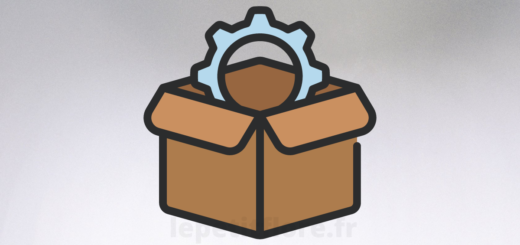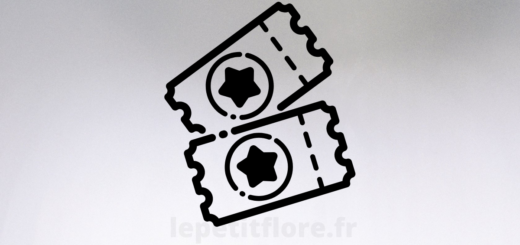Product Managers Have To Decide: Is It Time For Bubble Wrap To Go Away?

If you’re like me, then when you receive a package delivered to you via mail, you’re thrilled to open it. When you receive the package the first thing you do is cut it open and access the thing that was given to you. Most of us don’t take long contemplating how the item was packed. How did it get there in a safe and sound condition? The majority of the time, it’s wrapped with bubble wrap. It’s the plastic bubble wrap were all ours to take time to pop as youngsters. The times are changing as well, and the bubble wrap that we used to use is slowly going out of fashion. What are the people who manage the bubble wrap products?
The Honeymoon for Bubble Wrap is Over
It’s not clear if this is likely to cause you to feel old-fashioned yet, but the very first bubble wrap was created in the year 1957 by Sealed Air Corporation. The bubble wrap product was a loved product and, for many years, it was the top-selling Sealed Air product. The patent for the product was granted in 1981. However, Sealed Air has used its manufacturing secrets to continue making a new product. This kind of achievement would look great on the resume of any product manager!
The issue is that the industry of packaging has grown more competitive in recent years. Due to the growth of e-commerce, more and more products are shipped, and this has resulted in the use of increasing packaging materials. Alternatives like liquid foam as well as agricultural waste products have been slowly taking away the market share of bubble wrap. In 2010, bubble wrap contributed 5.7 percent of Sealed Air’s revenues. But, this dropped to 3.6 percentage by the year 2012. It was evident that Sealed Air’s Sealed Air product managers had problems in their hands.
To make things somewhat more challenging to make things more difficult, bubble wrap is difficult to transport and store. Bubble wrap is shipped in pre-inflated rolls which take up a lot of space on delivery vehicles. Once it reaches an industrial facility, it will need to be kept somewhere on the floor of the factory. If you take into account the fact that space for factories is in short supply and the cost of the storage of bubble wrap could be expensive, you’ll be amazed when a company estimated that the 3000 sq ft of space needed to store bubble wrap was likely to end up costing the company $75,000 annually in the event of a potential increase in revenue.
The Challenge of Making IBubble A Successful Success
Recognizing that they had a problem to solve, The Sealed Air product managers started reviewing their definition of product development and pondering what type of products they might develop to substitute bubble wrap. They were aware that they needed to simplify the process of transport – the new item required to take up about 1/30 of the space on delivery vehicles that bubble wrap was currently taking. When it was delivered to manufacturing, the product needed to be smaller in space on the factory floor. Based on these design guidelines, the product managers took the initiative and developed a new shipping product they name iBubble Wrap
iBubble Wrap is sold in flat sheets of plastic that, when the shipping company is making the package, they’ll then fill the sheets using air with a specially-designed pump, which is offered via Sealed Air. Although the bubble Bubbles appear like plastic wrap bubbles from a user’s perspective, there is a major distinction: they do not burst when pressure is applied to them.
The specific pumps that users must purchase in order to access the new iBubble app could become an issue. The pumps are currently priced at US$5,500. The Sealed Air product managers hope to bring this price down to just US$1,000 within two years. The additional cost could dissuade some potential customers. Sealed Air may end up offering loans or pumps to increase sales of their brand-new iBubble Wrap products.
What Does This All Mean What Does This Mean For What Does This Mean For
Since more and more people make use of the Internet to buy things online The items they purchase must be delivered to them. This means that anything that could break must be packed with care. A well-known method of packaging breakable objects has been using bubble wrap.
The bubble wrap industry has been in use for quite a while. It’s a breeze to use, however, it’s not without its limitations. It’s extremely bulky, and as such it occupies a lot of space on the trucks being used to transport it, and when it’s at the factory it could occupy lots of manufacturing floorspace. Sealed Air Sealed Air product managers have developed a brand new product called iBubble Wrap that solves both of these problems. The consumer wraps the item with iBubble Wrap and then uses an adjustable pump to blow up bubbles onto the sheets with bubbles.
Packaging materials are huge and will get bigger over time. Sealed Air Sealed Air product managers have had a great time with their bubble wrap products; however the market is changing, and they have to revamp their product. The bubble Wrap product seems to be an attempt to fulfill what their job description for a product manager requires them to do: take note of the demands of their customers and design an item that addresses these needs.
There are plenty of alternatives to packaging materials available We’ll have to look at them closely when we receive a product through the mail to determine who will win the battle to be the market’s leader!



